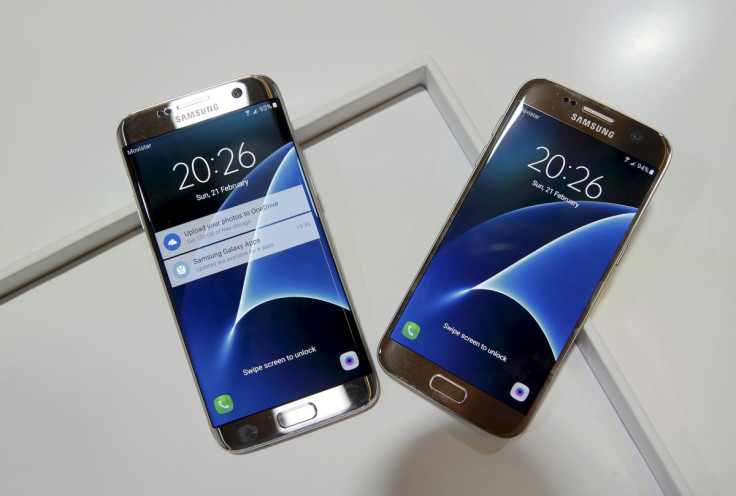Galaxy S7 and S7 Edge: All you need to know about Always On Display's power saving features

In an attempt to offer the best viewing experience on the AMOLED display of its new Galaxy S7 iterations, Samsung introduced a new feature – Always On Display – which is at work to reduce the power consumption of the Galaxy device, even when the screen is on standby mode. The feature lets users check the time and date with ease, while keeping an eye on missed calls and message alerts, even when the device is not in use or on standby mode. You can take advantage of a variety of clocks, calendars, themes and with the AOD you can customise them the way you want.
Always On Display decreases power consumption
The black pixels of the AMOLED screen are turned off by default, which in turn consumes less power. Other components such as Display Driver IC (DDI), the processor and various other sensors still consume power and of these the DDI is the main culprit.
With the implementation of AOD in the S7 devices, Samsung reduced power consumption in sleep mode to less than one-fifth, as opposed to previous levels. A new feature "Smart Power Saving" has also been added, which is designed to improve the performance of the DDI of the S7 models.
However, the power consumption rate varies depending on the information users want to check through AOD. The display usually uses eight colours when it shows simple information that includes time and date. If you want more information, which is when you use more colours and images, then the bit depth is increased to 16 million colours.
Always On Display's fewer frames per second
The AOD uses fewer frames per second (FPS), which is the number of times the image on the screen is refreshed per second. This is possible as the AOD displays a small amount of information when compared with the phone's normal mode.
The AOD also ensures users can check information at any point of time, but special proximity, RGB light and accelerometer sensors work to disable the AOD in challenging conditions when users are unable to see the screen; for instance, when the phone is in a pocket or a bag.
The sensors also adjust the brightness of information displayed on the AOD. But you can always choose to enable or disable the AOD, which automatically turns off when the phone's battery level reaches less than 5%.
© Copyright IBTimes 2025. All rights reserved.





















